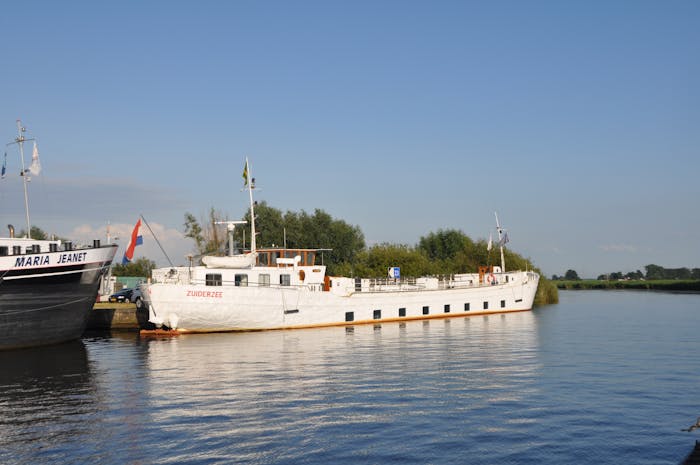[Drum sound] [Seagull sound]
[Music]
A great deal of digging was needed to construct the Flevoland polder. It is like digging on the beach, but then on a very large scale.
With the advent of the steam engine, in approximately 1850 the old plan to close off the Zuiderzee was re-examined.
This plan, formulated by Dr. Lely, formed the basis of more than 200,000 hectares of new land in the heart of the Netherlands.
The dikes consist of heavy materials. There are machines, but much of the work is done manually.
Knowledge of the reclaimed seabed is necessary in order to analyse the load-bearing capacity of the places where the dikes are to be constructured.
When one knows where the dikes should be raised, then the real work begins.
Dikes such as the Afsluitdijk (Enclosure Dam) are made of boulder clay, which provides a firm and solid basis. They are then covered with basalt blocks.
Dredgers, sand suckers, strong tugs are enlisted.
[Sound of construction] Important people are the dike workers, the fascine mat workers, the slab layers and stone masons.
When the dikes are finished and the land is drained, it is given the required layput and infrastructure. In the Wieringermeer and Noordoost Polder, this occurred primarily by means of muscle power.
And many people are needed for this. Experienced labourers, young farmers' sons, and later people hiding from the Nazis. They stream into the Noordoost Polder, armed with boots and a shovel. Due to their efforts, an impassable bare surface changes into fertile land.
[Music] {Zuiderzeemuseum.nl/ automariek}
![]() Province of Flevoland
Province of Flevoland

 11 Sustainable Cities and Communities
11 Sustainable Cities and Communities
 02 Zero Hunger
02 Zero Hunger